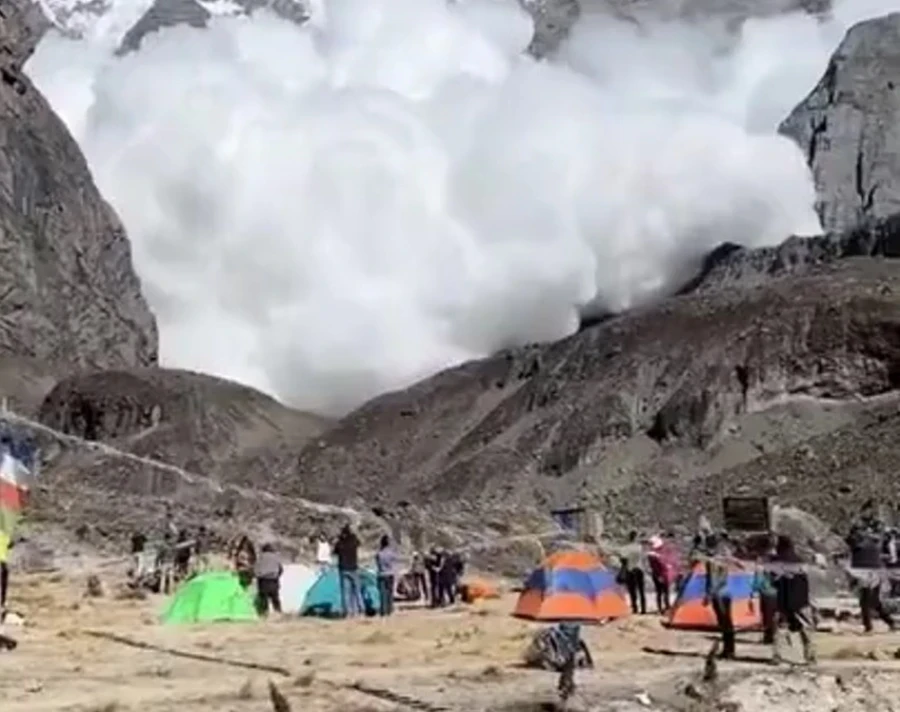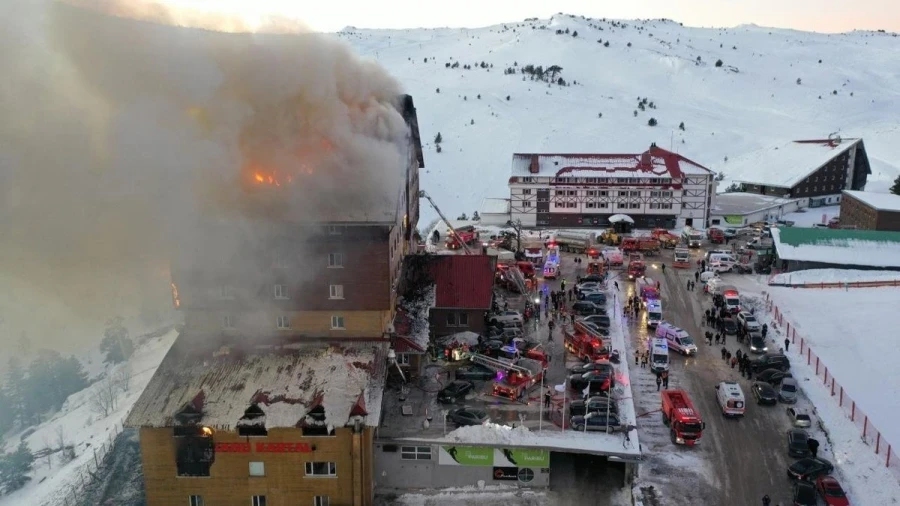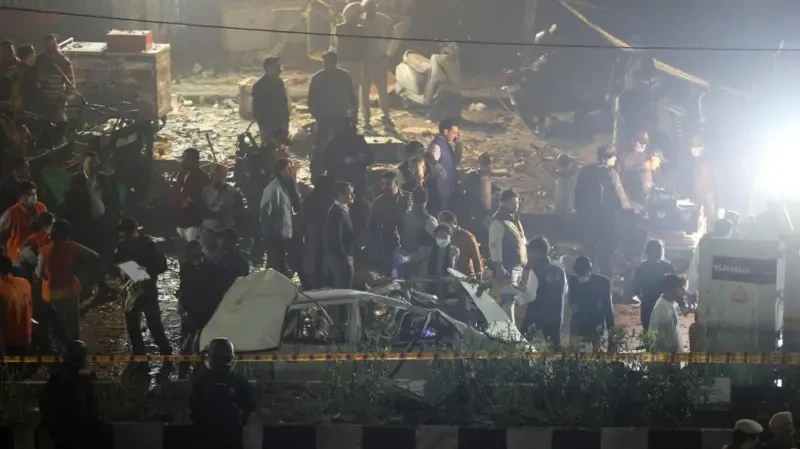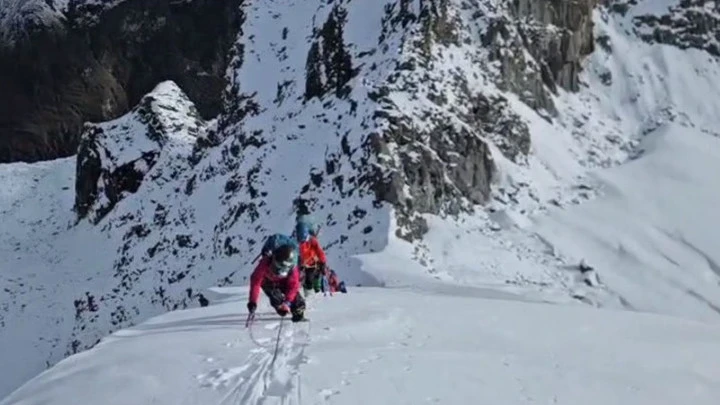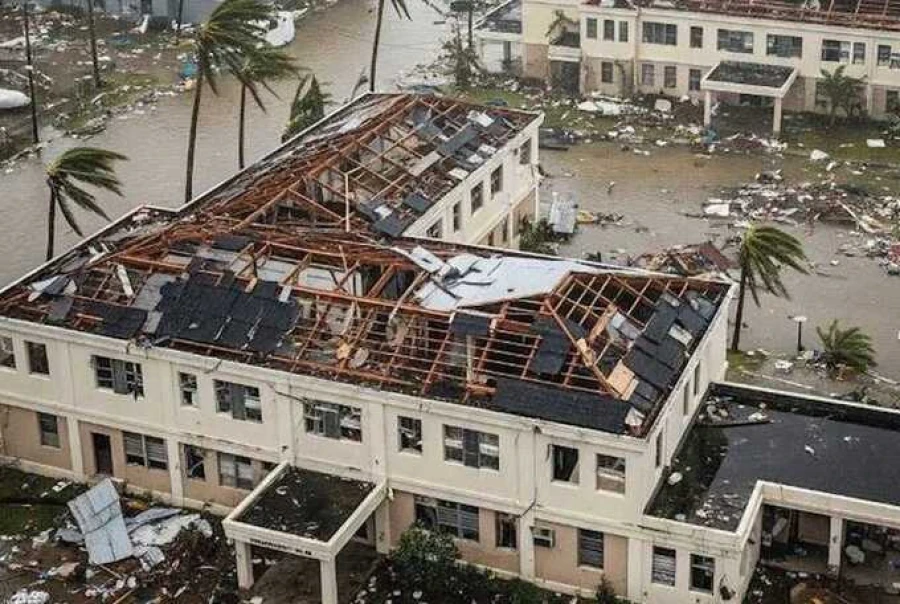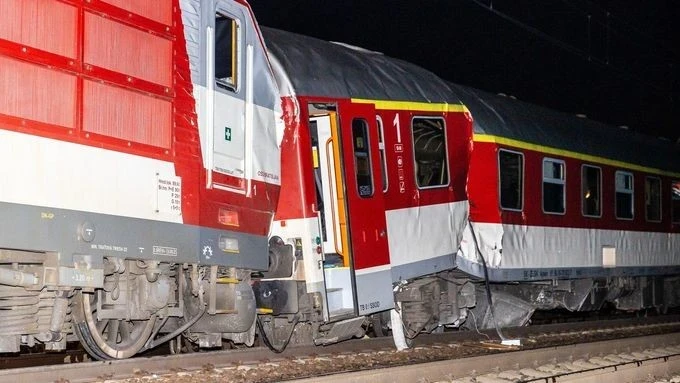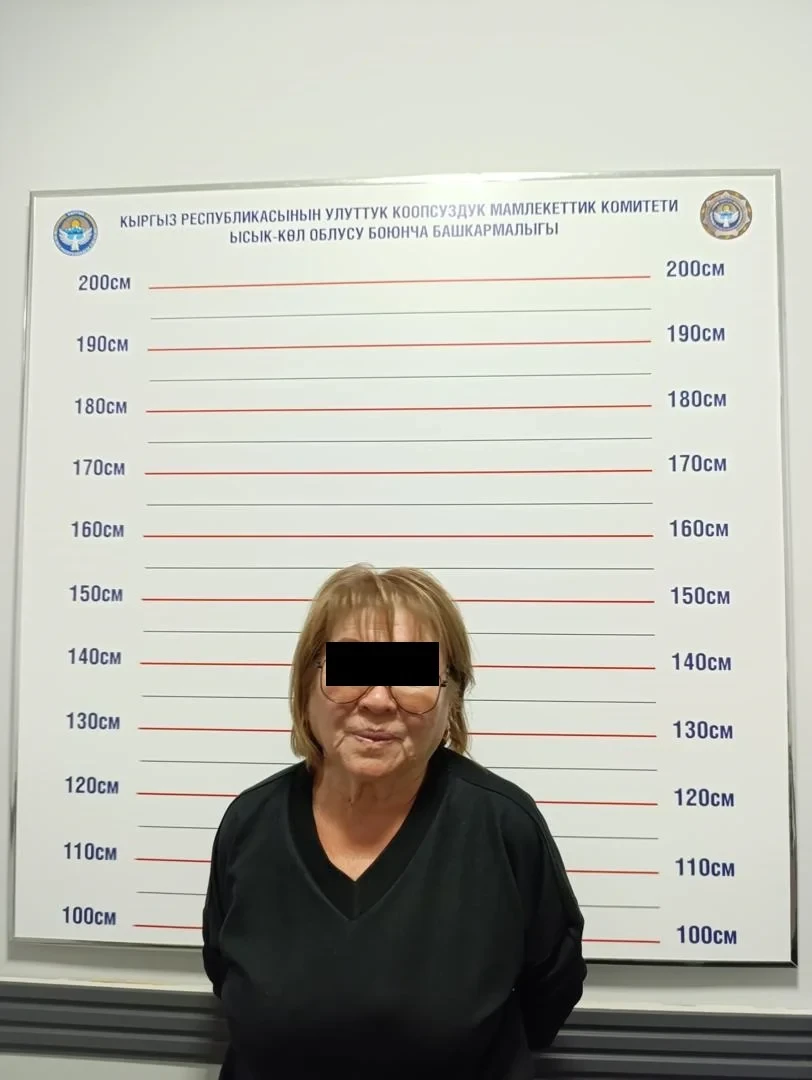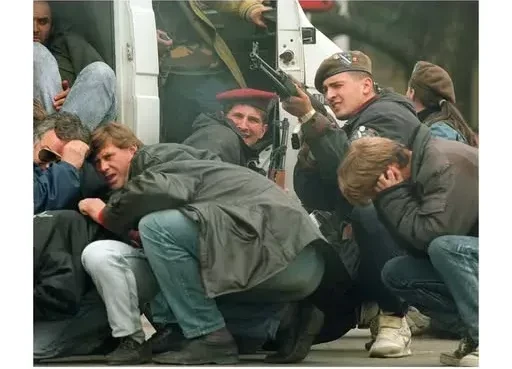
According to data from the Milan prosecutor's office, during the siege of Sarajevo in the 1990s, wealthy tourists paid significant sums for the opportunity to shoot at people. These so-called "human hunts" took place in the hills around the city, which was under siege by Serbian forces. Tourists, including businessmen and representatives of far-right circles, flew from Italy to Belgrade to spend "bloody weekends," before returning to their normal lives.
From 1992 to 1996, more than 10,000 people died in Sarajevo as a result of shelling and sniper fire, making this siege the longest in the history of the modern capital. Tourists used routes from Trieste to Belgrade to reach the combat zone, where they were given the opportunity to participate in mass killings for entertainment. The cost of such "tours" varied up to £88,000, and a shot at a child cost significantly more.
The investigation is based on testimonies presented in the documentary "Sarajevo Safari," and has the support of former judges and the mayor of Sarajevo. According to the investigation, up to 100 people may have participated in this "sniper tourism."
Italy and Bosnia intend to complete the investigation to restore justice and reveal the names of those who turned war into entertainment.
According to La Repubblica, the alleged "tourist snipers" transferred amounts to soldiers of Radovan Karadžić's army comparable to modern sums of 80,000 to 100,000 euros. Karadžić, the former leader of the Bosnian Serbs, was convicted by the International Tribunal for war crimes and sentenced to life imprisonment in 2016.
Sarajevo, located in a valley and surrounded by mountains, was particularly vulnerable to shelling. During the siege from 1992 to 1996, more than 10,000 people died as a result of constant artillery attacks and sniper fire. Journalists note that snipers shot at people in the streets, including children, indiscriminately, as if participating in a video game or safari.

